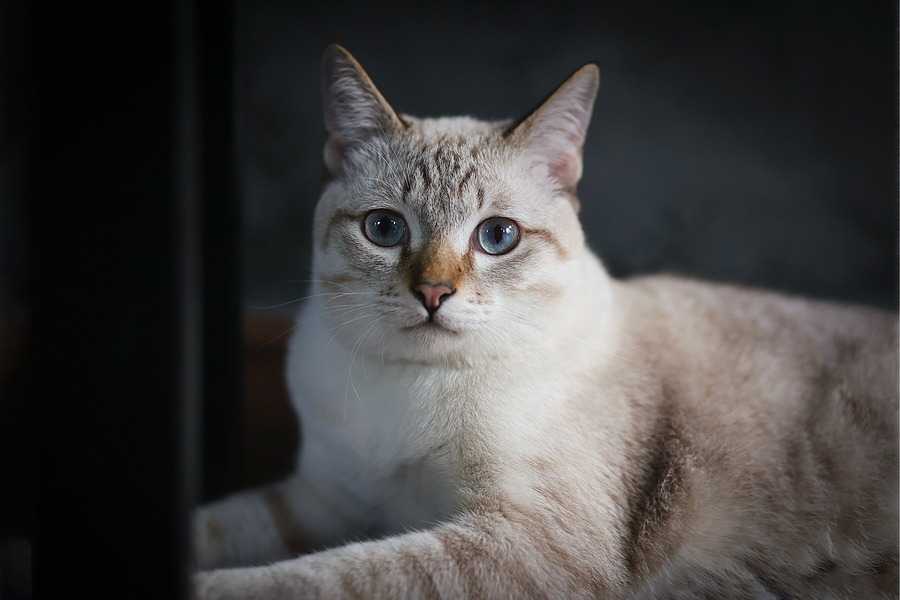
Helping veterinary professionals and animal caregivers provide the ‘best’ care possible for cats with long-term or life-limiting conditions is the main goal of the new standards announced by the American Association of Feline Practitioners (AAFP) and the International Association for Animal Hospice and Palliative Care (IAAHPC).
The 2023 AAFP/IAAHPC Feline Hospice and Palliative Care Guidelines put a strong focus on aspects such as effective communication, ethical considerations, and personalized care.
The guidelines emphasize the importance of providing comfort and emotional well-being for cats, recognizing the interconnection between their physical, psychological, and social needs. Additionally, the concept of the “unit of care” is introduced, encouraging collaboration among interdisciplinary team members to support both the caregiver and their unique requirements, as inspired by human hospice and palliative care.
“I am pleased that the AAFP and IAAHPC collaborated on these guidelines, which underscore the importance of providing the best possible care and support for our feline companions as they approach the end of their lives,” says Diane R. Eigner, VMD, MBA, CVPM, CHPV, CFV, task force co-chair. “These guidelines emphasize the need for empathy, kindness, and understanding during this challenging time for both cats and their human caregivers.”
These guidelines focus on:
- A comprehensive, five-step care plan that allows for tailoring the approach to both the cat and the family involved in the care;
- A discussion about communication and caregiver preferences, relationship-centered care, and guiding the caregiver through the consultation;
- Establishing ‘budgets of care,’ which is a concept that greatly influences what can be done for the individual cat by establishing what is reasonable, practical, and ethical;
- A discussion about the ‘unit of care ‘ concept derived from human hospice practices, which, rather than the cat being the sole focus of care, includes caregivers and their needs;
- Ethical considerations, including a decision-making framework;
- Emphasis on the importance of comfort care, and the latest information available about how to assess the quality of a cat’s life;
- Assessment of the cat’s emotional health, meeting the individual cat’s essential needs, and environmental modification; and
- Nutrition and hydration management.
“These guidelines provide a comprehensive summary about how to approach and support the needs of both the cat and caregiver,” says Katrina Breitreiter, DVM, DABVP (Feline), task force co-chair.
Supplemental materials are available for cat caregivers. For more information, click here.
